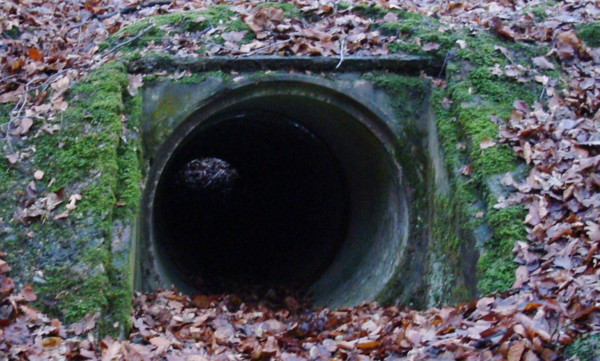The Auxiliary Unit
The Auxiliary Unit were the first groups of their kind in Europe. They were a group of civilian volunteers intended to carry out sabotage, guerrilla warfare and spying from behind the enemy lines in the event of a successful German invasion of Britain during World War Two.
Major-General Colin Gubbins first came up with the idea of a secret resistance unit. Gubbins had acquired guerilla warfare expertise while fighting in the Allied intervention of the Russian Civil War. He believed that this sort of resistance would be important should an invasion occur.

Major John Forbes was responsible for visiting local Home Guard commanders and recruiting the most able men. It was essential that the volunteers had a detailed knowledge of the local area, were relatively fit and that they could be trusted to keep a secret. This was highly secretive operation so all volunteers had to sign the Official Secrets Act.
The volunteers received training at Cole’s Hill in Wiltshire. They learned how to make Operational Bases - these OBs would be used as underground homes for the men if an invasion were to occur. They were built 15 feet into the ground with walls of concrete and brick. Each OB had a blast wall and could house six to eight men and they allowed each group to infiltrate enemy lines to act as saboteurs.
In the event of a German invasion, this would be a dangerous job. The life expectancy for a member of the Auxiliary Unit was two weeks in such a situation, as if they were encouraged to shoot themselves if they were captured.
During the war the Auxiliary Unit had about 3,500 men. The closest they came to an invasion was on 7 September 1940 when ‘Codeword Cromwell' - the signal warning of an imminent invasion - was sent out across the country. The Auxiliary Units waited in the OBs, but it was a false alarm.
See also: Weapons of the Home Guard
MLA Citation/Reference
"The Auxiliary Unit". HistoryLearning.com. 2026. Web.
